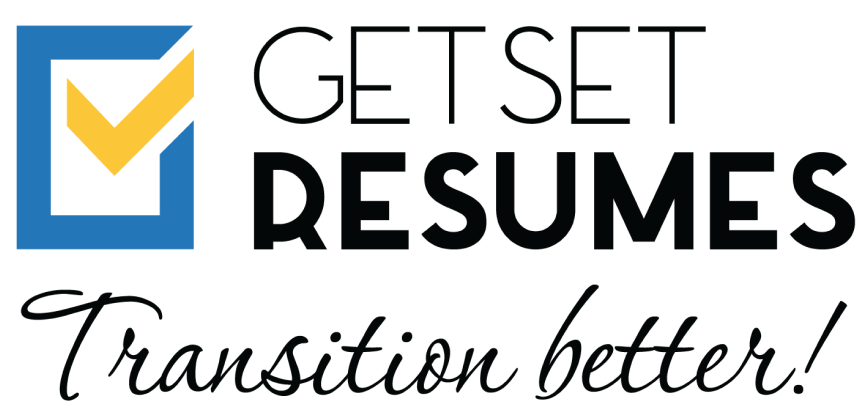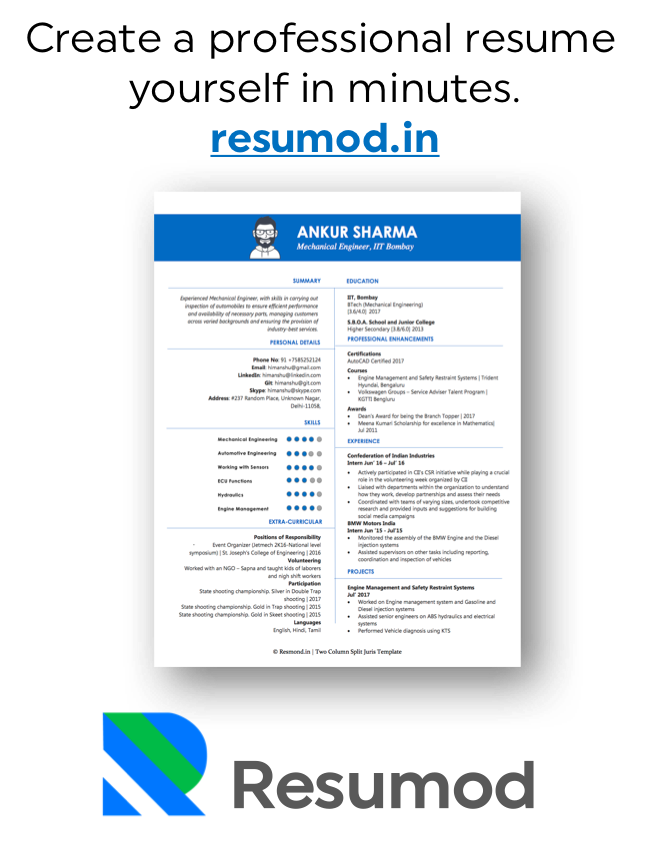Imagine you’re a superhero in the job market, equipped with a unique set of skills that can save the day. While a list of qualifications might get you noticed, it’s your problem-solving prowess that truly sets you apart from the rest. In a world where 92% of hiring managers emphasize the importance of these skills, standing out requires more than just the basics. Problem-solving isn’t just a buzzword—it’s your superpower.
So, how do you make sure this superpower shines through on your resume? Let’s dive into how you can effectively showcase your problem-solving abilities with real-life examples and stand out in the competitive job arena.
Why are Problem-Solving Skills Important?
Problem-solving skills encompass a range of key abilities that are crucial in any industry or job role. Analytical thinking allows you to deconstruct complex problems into manageable parts and assess them systematically, helping you identify the root causes and develop effective solutions. Creativity fosters innovative approaches to problem-solving, often leading to breakthrough ideas and new methods that can significantly benefit an organization.
Decision-making is essential for making informed choices based on data and insights, ensuring that solutions are practical and aligned with organisational goals. Adaptability is crucial in dynamic environments, enabling you to adjust strategies as new information or challenges arise. Collaboration enhances problem-solving by leveraging diverse perspectives and team strengths, while resilience ensures you remain focused and positive despite setbacks.
Critical thinking helps you evaluate information objectively and make reasoned judgments, ensuring that solutions are based on sound logic. Finally, strong communication skills are vital for clearly articulating problems, solutions, and the rationale behind your decisions, ensuring that your ideas are understood and effectively implemented.
How to Highlight Problem-Solving Skills on Your Resume
Use Specific Examples
One of the most effective ways to demonstrate your problem-solving skills is by providing specific examples. This approach helps employers see the real impact of your abilities. Here’s how you can structure your examples:
- Situation: Briefly describe the context or challenge you faced.
- Task: Explain the objective or responsibility you had in addressing the challenge.
- Action: Detail the steps you took to resolve the issue.
- Result: Share the outcome of your actions and how it benefited the organization.
Example:
Situation: At XYZ Company, we faced a significant decline in customer satisfaction scores.
Task: As the Customer Service Manager, the responsibility is to improve the customer experience.
Action: Initiate a comprehensive review of the customer service processes, implement new training programs for staff, and introduce a feedback system.
Result: Increased customer satisfaction score by 30% over six months, and grew repeat customers by 20%.
Quantify Your Achievements
Quantifying your achievements adds credibility to your problem-solving skills. Numbers and percentages make your accomplishments more tangible and impressive.
Example:
Situation: Our sales team was struggling to meet quarterly targets.
Task: As a Sales Analyst, you need to identify and address the root causes of the underperformance.
Action: Analysing the sales data, identifying key areas of improvement, and developing a targeted sales strategy. Implement a new CRM system to track performance more effectively.
Result: Overachieved sales targets by 15% with 25% increased accuracy in the new CRM system.
Highlight Relevant Skills and Tools
In addition to providing examples, it’s important to mention the specific skills and tools you used to solve problems. This helps employers understand the technical and soft skills you bring to the table.
Example:
Situation: The marketing team needed to improve the effectiveness of our online campaigns.
Task: As a Digital Marketing Specialist, the role is to enhance campaign performance.
Action: Use data analytics tools such as Google Analytics and A/B testing to optimize ad strategies and targeting. New content strategies should be implemented based on user behaviour insights.
Result: Grew campaign conversation rates by 40% with 25% improvement in overall ROI.
Showcase Problem-Solving in Different Scenarios
Demonstrating problem-solving skills in various scenarios, such as team projects, individual tasks, and crisis situations, provides a well-rounded view of your abilities.
Example:
Situation: During a major product launch, the development team encountered unexpected technical issues.
Task: As a Project Manager, you need to ensure the launch stays on schedule.
Action: Coordinate with cross-functional teams to quickly address the issues, adjust project timelines, and communicate transparently with stakeholders.
Result: Launched the product ahead of time though cross functional coordination and managing roadblocks on each stage of the project.
Incorporate Industry-Specific Problem-Solving Skills
Tailor your examples to the industry you’re applying for. Highlighting problem-solving skills relevant to the specific field can make your resume stand out.
Example:
Situation: In a competitive tech industry, our company faced challenges in maintaining a leading edge with product innovation.
Task: As a Software Engineer, the role is to contribute to innovative solutions.
Action: Develop a new feature that leverages emerging technologies. A user research is conducted to align the feature with market needs.
Result: Launched a new feature successfully upon research and development. Drove a 50% increase in user engagement and earning industry recognition.
Final Words…
Highlighting your problem-solving skills on your resume is crucial for demonstrating your ability to add value to potential employers. By providing specific examples, quantifying your achievements, showcasing relevant skills and tools, and tailoring your examples to the industry, you can effectively communicate your problem-solving abilities. Remember, the goal is to show how you can turn challenges into opportunities and contribute positively to an organization’s success. As Peter Drucker says, “The best way to predict the future is to create it.”
Ready to make your resume shine with your problem-solving skills? Start by revisiting your achievements and crafting compelling examples that highlight your unique abilities. Let your resume reflect not just what you’ve done, but how you’ve tackled challenges and created impactful solutions.





